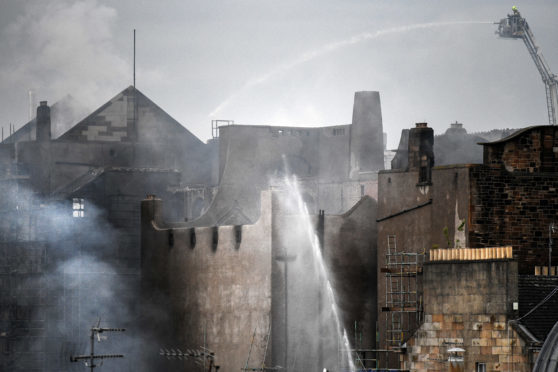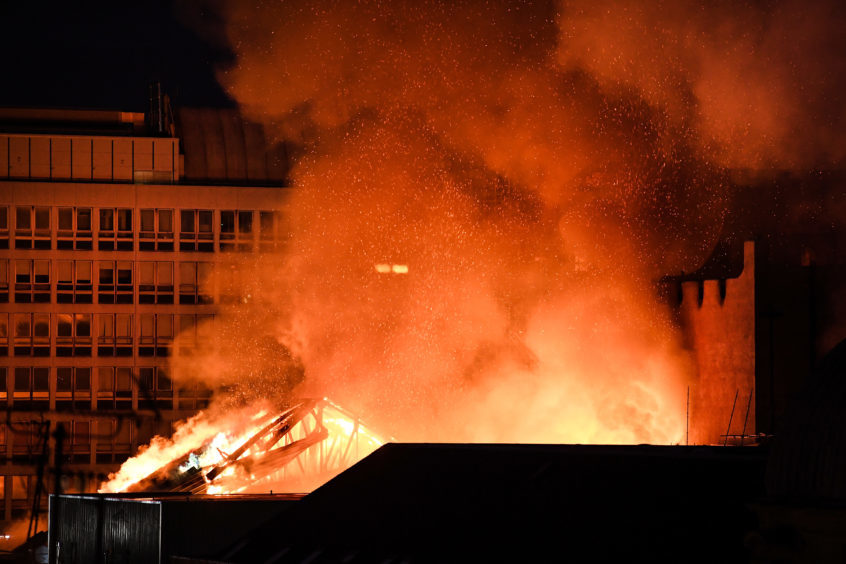Sometimes architecture can achieve more than the sum of its parts, so that it creates not just a building but a presence in the hearts and minds of those who, for one reason or another, rub shoulders with it.
Many moons ago now, when I was 21, I had a notion that I might like to go to Fleet Street. It was difficult, if not impossible, to go straight from this newspaper (which is where I was working at the time) to Fleet Street in a single bound, but there were known feeder newspapers in England which might provide a springboard in time.
One such was the Coventry Evening Telegraph. I went to Coventry. I liked the paper, I hated the place. I was homesick. I lasted three months.
But in that time, I became interested in architecture, an interest that still endures and deepens. The reason was Coventry Cathedral. I had never seen anything like it, and to this day, I still haven’t. It was built between 1956 and 1962 by Basil Spence, a Scottish architect with an international reputation.
For reasons that have nothing at all to do with religion and everything to do with architecture that achieves more than the sum of its parts, and despite the fact that I haven’t visited it in more than forty years, it still haunts me. In a good way.
One of many attributes that articulate its architect’s vision and genius is the way that it incorporates and embraces the ruins of St Michael’s Cathedral, which was bombed to destruction in World War II. St Michael’s itself had stood on the site of a mediaeval cathedral which survives now only in a handful of stone details.
I thought about it again when I was watching and reading about the fire at Glasgow School of Art. My connection with arguably Charles Rennie Mackintosh’s finest hour is a tenuous one. I never studied art there, or anywhere else for that matter. But beyond the fact that I share with millions of others a generalist admiration for much of Mackintosh’s work, I knew someone who in his own way also made a unique mark on Scottish art from within the walls of Glasgow School of Art.
His name was George Garson, he taught mosaic and stained glass. He founded a one-man art form using slate to fashion mosaics that brought to life his Orkney heritage in a truly remarkable, visionary manner. He was the closest friend I ever had, and over years of walking in the Pentland Hills (which he adored) and the Cairngorms (to which I introduced him), he taught me how to see with an artist’s eye, and I saw in turn how that might help me to paint with words.
He retired early at 55 and for the rest of his life he painted, and especially, he drew. He delighted in showing me something new in his portfolio, fluttering his hands in front of it and muttering, “Control, eh?”
He died in 2010 just short of his 80th birthday, the date of which was remembered by a small group of his friends and former students with a trek in the Pentlands and a picnic of two of his favourite things – Gregg’s pies and Highland Park.
All of which explains why I have paid more attention to the demise of Mackintosh’s visionary building that I might otherwise have done, had I not known George Garson, and had I not spent three months in Coventry.
It also explains why I have been thinking what should happen next. Because there are millions of photographs of the Mackintosh building, and because a minute study of the building was made after the 2014 fire there, and because we know how to do it, it will be possible to build an exact copy. And because it’s Mackintosh, and because he has reached parts other architects don’t reach and kindles sentimentality to an extraordinary degree, there is already a lot of enthusiasm out there to do just that, to rebuild the Mackintosh.
But it’s the wrong call.
Mackintosh, like Basil Spence, like George Garson, would be furious.
The right right way to honour the spirit, the originality and the genius of Mackintosh, is to find ourselves a new Spence, and have him or her create something as utterly new, as utterly original as Coventry Cathedral was in 1962, and have it honour in a similar gesture to Coventry, some charred artefact of the Mackintosh building, and embrace that.
Spence’s book about the building of Coventry Cathedral was called “The Phoenix of Coventry”. When the Phoenix of Glasgow inevitably rises out of the ashes, it should be something of its own time, something begun now but which will, in its own good time, amount to more than the sum of its parts in the hearts and minds of those who rub shoulders with it.
Mackintosh would like that.

